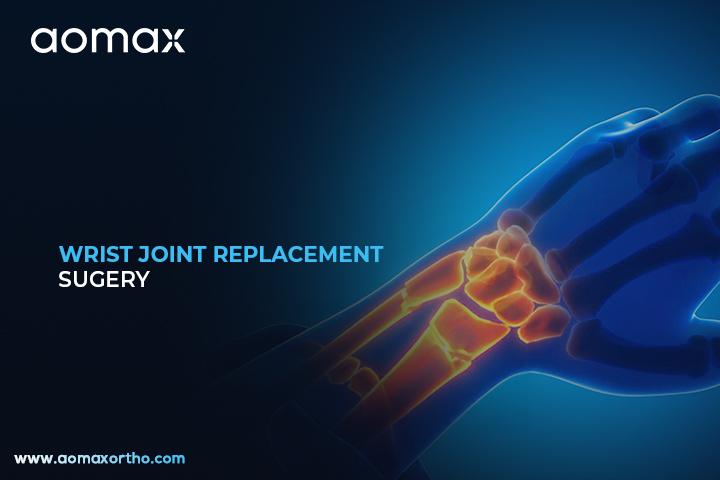Overview of Wrist Joint Replacement
Wrist joint replacement surgery, also known as wrist arthroplasty, involves removing the damaged radiocarpal joint and replacing it with a prosthetic implant to reduce pain . It is most often offered when wrist arthritis or prior surgical treatments fail to relieve chronic stiffness or loss of motion. The artificial joint uses metal and plastic components to mimic a healthy wrist and help restore flexibility
Restoring Mobility Through Modern Wrist Arthroplasty
A precise incision is made on the back of the wrist to expose the radiocarpal joint. Damaged cartilage and bone are carefully removed, and the surgeon trial-fits radial and carpal components of the prosthesis to ensure correct sizing. Using alignment guides or jigs, the final implant components—usually cobalt-chromium stems and a high-density polyethylene spacer—are fixed with screws or bone cement depending on implant design. Surgeons use specialized instruments such as rasps, bone cutters, and trial handles to shape the bone and seat the implant. Once the joint is sealed and motion tested, soft tissues are closed in layers, and the wrist is immobilized in a splint or cast. This helps reduce postoperative swelling and supports the newly implanted joint
Conditions Treated by Wrist Replacement
- Severe wrist pain and reduced motion caused by advanced osteoarthritis.
- Chronic wrist stiffness and bone destruction due to rheumatoid arthritis.
- Post-traumatic arthritis following a distal radius or carpal fracture.
- Failed wrist fusion or reconstructive surgery leading to persistent symptoms.
- Wrist instability or collapse from avascular necrosis of carpal bones
Surgical Instruments and Implants Used
- Wrist Arthroplasty Prosthesis Kit (radial and carpal implant components)
- Trial Implant and Alignment Jig Set
- Small Fragment T-Locking Plate (used for distal radius fixation) – Locking Plates category
- Cancellous and Cortical Bone Screws (for fixation) – Bone Screw category
- Bone Cement (polymethylmethacrylate) for cemented implants
- Electric or Battery-Operated Orthopedic Drill (for precise bone preparation)
- Rasp and Bone Cutter Instruments (part of general orthopedic instrument set)
- Arthroscopy Shaver and Irrigation Pump (for soft-tissue debridement around the wrist)
- Digital Tourniquet Machine (to control bleeding during surgery)
- Surgical Retractor Set (for soft-tissue exposure)
Global Wrist Replacement Surgery Leaders
- United States (largest wrist arthroplasty market globally)
- Germany (rapidly expanding implant adoption, strong registry data)
- United Kingdom
- China (emerging market with increasing procedure volume and demand)
- Canada (widespread arthroplasty adoption with pooled surgical outcomes)
Positive Outcomes of Wrist Arthroplasty
- Significantly reduces or eliminates pain from arthritic or damaged wrist joints.
- Preserves wrist range of motion, unlike fusion, improving daily function.
- Enhances grip strength and hand dexterity needed for activities like typing or cooking.
- Decreases dependency on long-term anti-inflammatory and analgesic medications.
- Improves overall quality of life by enabling light manual tasks without stiffness or fatigue.
- Avoids rigid wrist position, offering better long-term ergonomics for tasks and posture.
Aomax Ortho is a leading manufacturer and exporter of orthopedic implants, instruments, and wrist-related surgical kits, including locking plates, screws, bone drills, and trial sets often used in wrist joint replacement surgery
Get Connected:
+91 98989 50530 | exports@aomaxortho.com | www.aomaxortho.com

